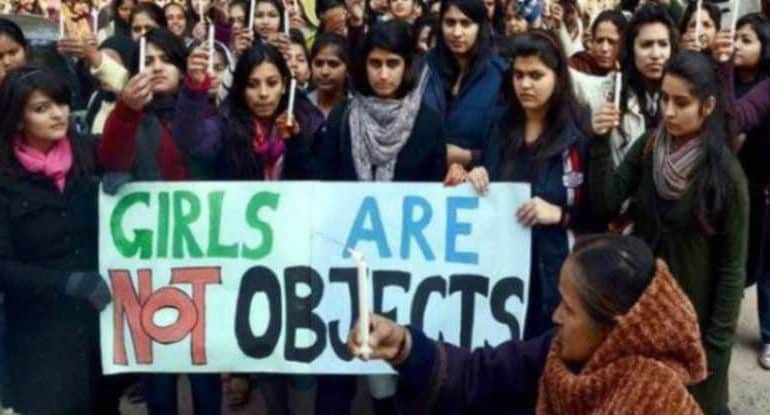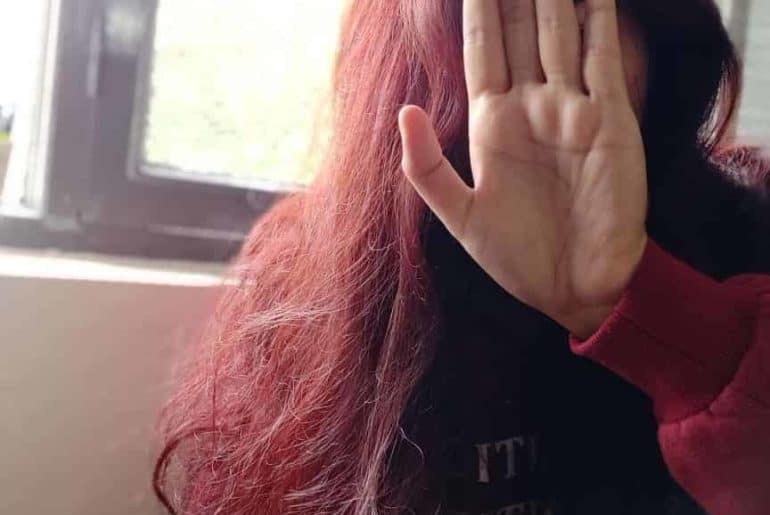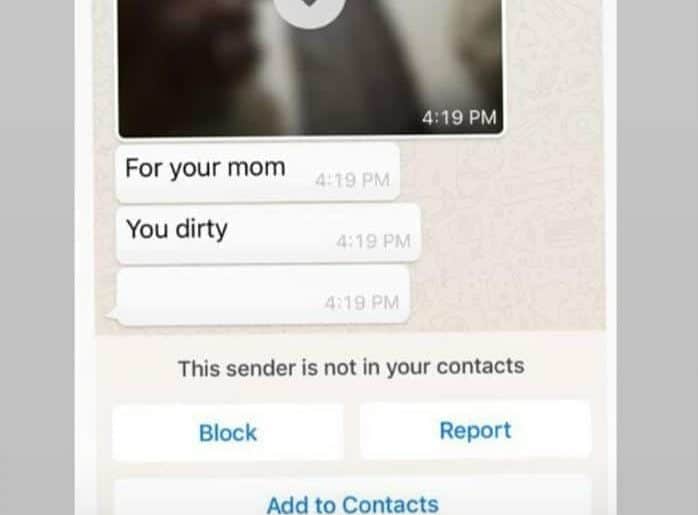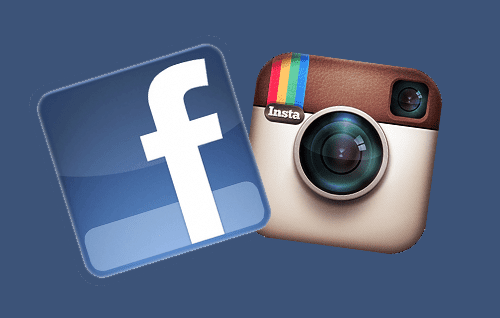“For most of history anonymous was a woman”- this idea was illustrated in Virginia Woolf’s “In Search of a Room of One’s Own” in context with the suppression of women’s history by men. But for most of the present, who is anonymous?
TW// Sexism, Misogyny, Mention of rape
Social media apps have provided individuals with a way to interact and connect with people who have similar interests, beliefs, or backgrounds. They have expanded social networks and enabled people to connect with people they may not have otherwise encountered in their daily lives. These platforms have also made it possible for people to share ideas and cultures and have given them the chance to learn about other people’s viewpoints from across the world.se
But these positive aspects also brought risks to user safety, such as cyberbullying, online harassment, and privacy issues. With this influx came sexism, culminating in the growth of an online community of misogynists and sexist individuals from around the world who spread bigotry under the pretext of humour. With the younger generation’s increased access to the internet, these memes may have a big influence on the way individuals think and shape their opinions.
On a regular basis, I come across pages that share memes like “kya fayada itna padh likh ke karna toh kitchen mai hai kaam”. They appear to be harmless, but just look at the number of likes and comments on such posts.”
“I once came across a young kid’s comment under a post promoting the rape on women for taking advantage of reservation benefits. He was just 14 years old. When the Amber Heard case was in the news, social media was a nightmare. You’d think that making jokes about domestic abuse and rape would result in criticism, yet look at the likes and shares. Meme culture is currently nothing more than a weapon used by oppressors to attack a community/minority.” – Anonymous, Guru Gobind Singh Indraprastha University
Instagram, one of the most popular social networking sites, serves as a repository for meme pages. From politics to movies to meme pages of schools and universities, you’ll discover a broad spectrum of memes. Meme pages associated with various school and university groups, such as DPS, DU, IPU, and Amity, often serve as the breeding grounds for sexist and misogynist memes.
The worst part about these meme pages is that you can’t criticise their content or call them out. You will immediately see a hundred men calling you names and using slurs in the comments section when you call them out for their sexism. They just get away with everything under the pretence of humour.” – Anonymous, Daulat Ram College
University meme pages have become increasingly problematic platforms. These pages frequently demonstrate a troubling tendency of sharing images and videos of women from their universities or elsewhere, accompanied by misogynistic remarks that sexualize and objectify their bodies. This behaviour exposes these women to cyberbullying, harassment, and safety issues. Such behaviours not only contribute to the perpetuation of harmful preconceptions, but also to the establishment of a toxic and unsafe environment for female students.
It is also common in these spaces to record women without consent and upload it on social media with captions like “Miranda ki ladkiyo ko kese patae” (How do we seduce a girl from Miranda?), “aisi classmates toh mai bhi deserve karta hu” (I too deserve classmates like these), “Chalo women’s reservation ka kuch toh fayeda hua” (At least there is some benefit to women’s reservation).

TW//misogyny, sexism
The existence of such sexist memes about students of women’s colleges thrive in these spaces. Such memes pose serious risks to female students at women’s colleges, particularly during the fest when the college opens its doors to everyone. From men mounting the walls of Miranda House and IP and harassing them to men scaling the walls of Gargi College and masturbating, groping, and locking women in washrooms. These meme pages implicitly foster toxic notions, creating an environment that normalises and encourages such vile behaviour while reinforcing the sense that women are nothing more than their possessions.
I’ve seen memes on university pages that propose the idea that women at girl’s colleges like being sexualized by creeps because they allegedly lack “male attention.” These memes not only propagate detrimental stereotypes about women, but they also encourage a dangerous mindset that justifies behaviours like climbing walls to enter the campus of women’s colleges and participating in predatory behaviour.” – Sneha Rai, Institute of Home Economics
One of the reasons these platforms continue to flourish is because of the way college administration turns a blind eye to such pages set up mostly by their college students, while another is the inefficiency of social media app safety standards. The anonymity provided by these apps provides individuals the confidence to operate sexist pages without fear of repercussions. Building a safe campus is impossible if the administration continues to silence and shackle women instead of taking action against men who make the college unsafe. The increasing number of reports of social media apps profiting from this problematic content makes it hard to trust or rely on the safety policies. It raises the question: does anonymity today still offer a way to stand up to oppression or does it offer a way for bigotry to flourish?
Featured Image Credits: Scroll.in
Read Also: Casual Sexism in Jokes and Not Being a Femi-Nazi
Dhruv Bhati














